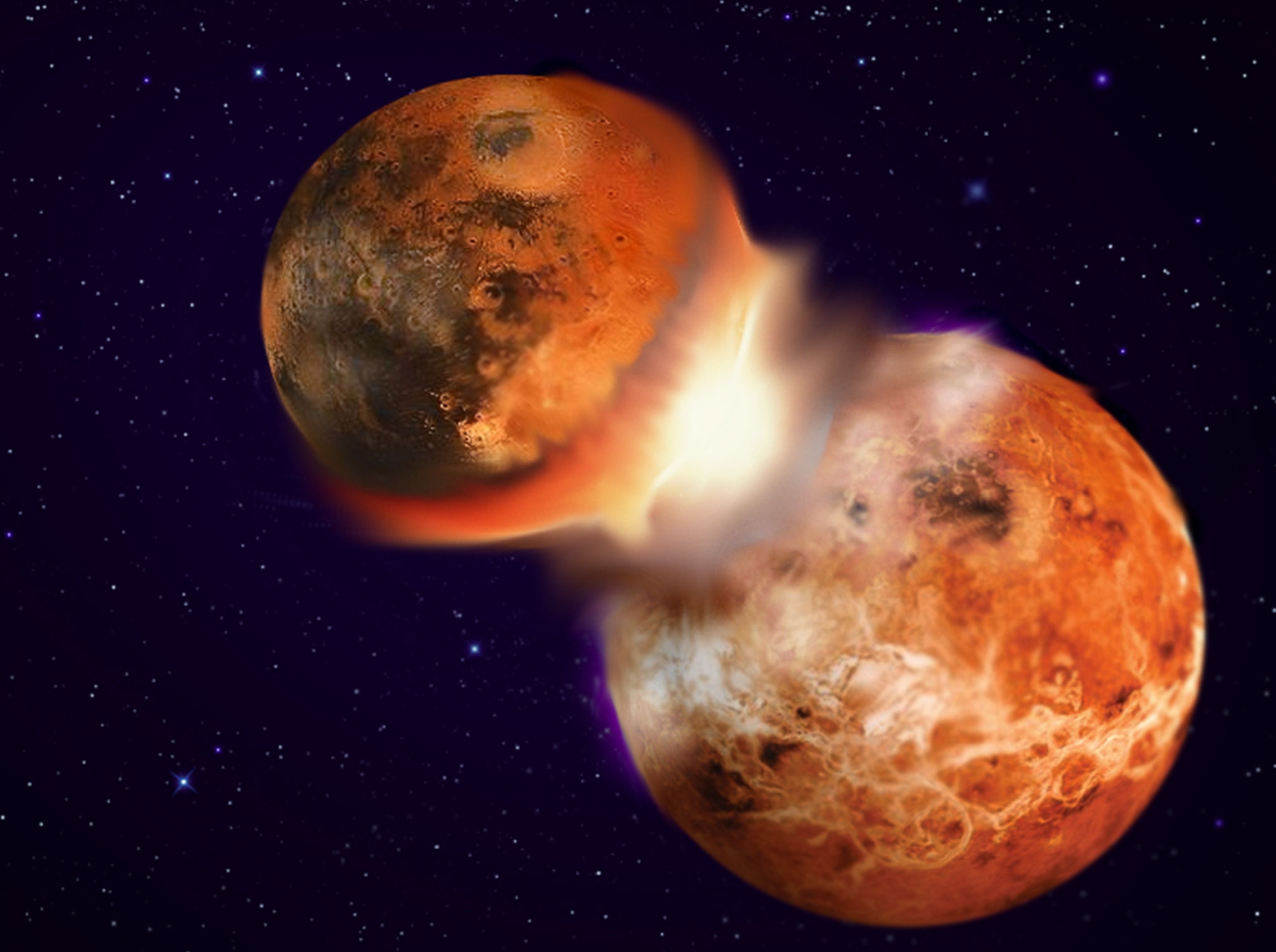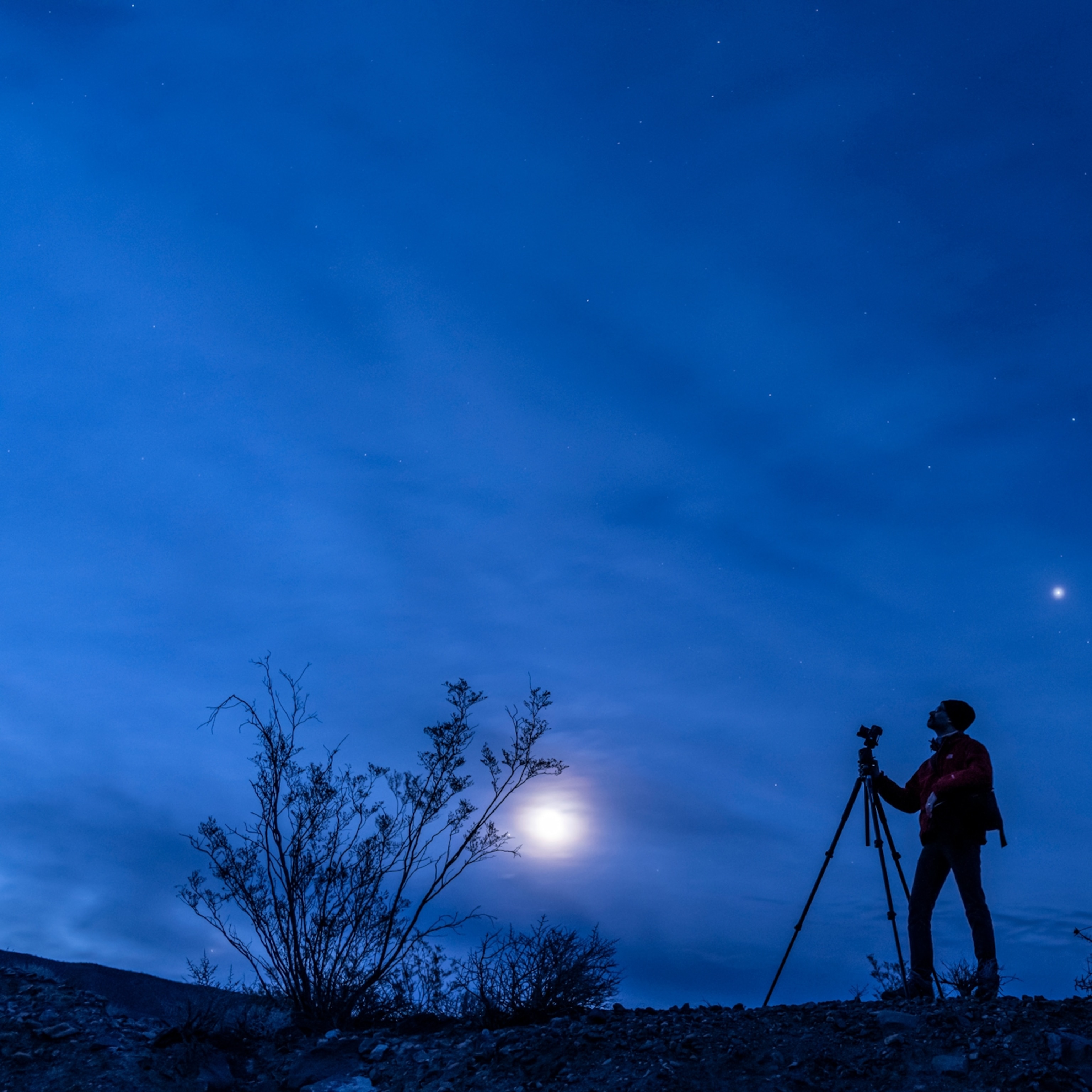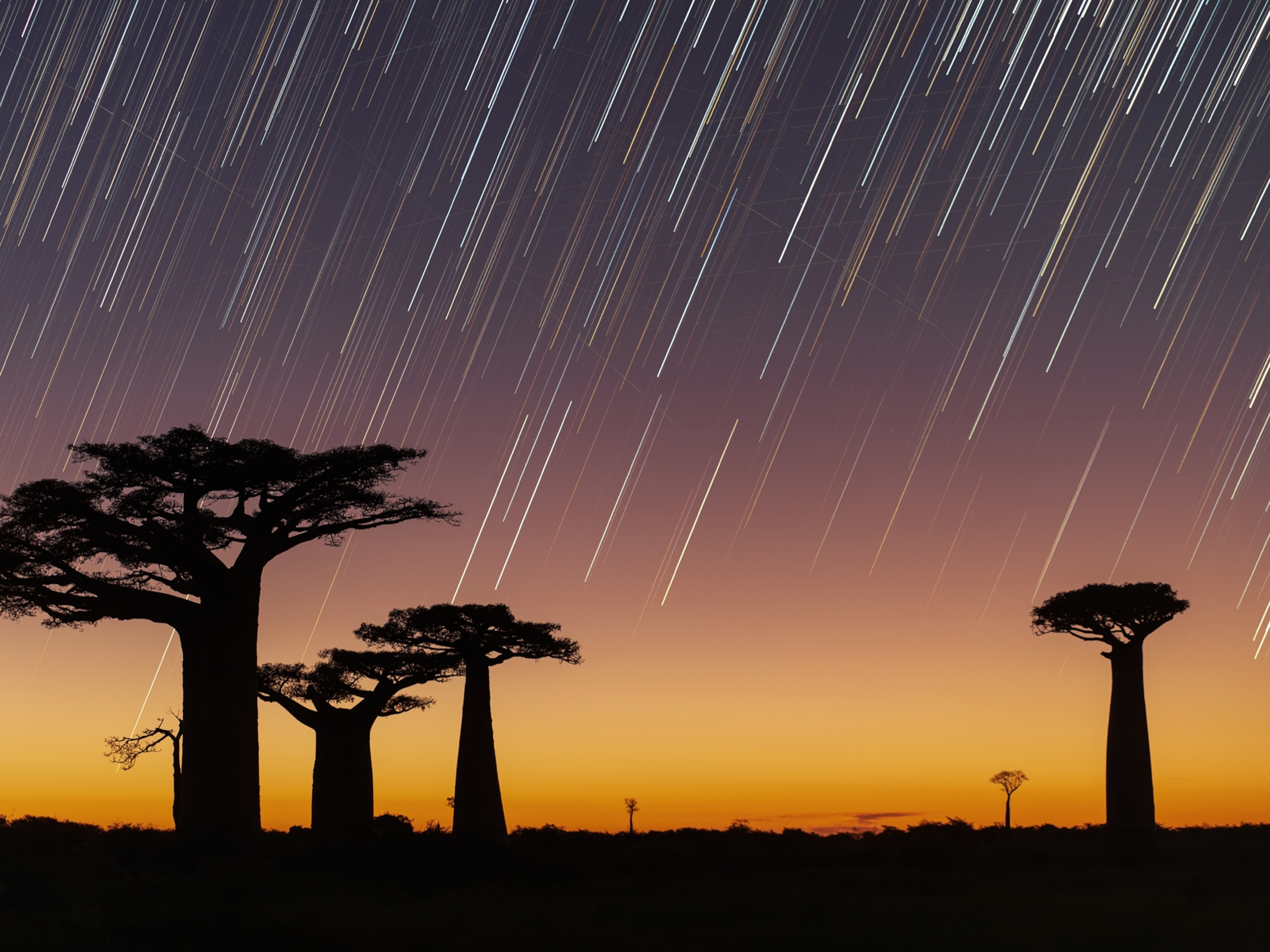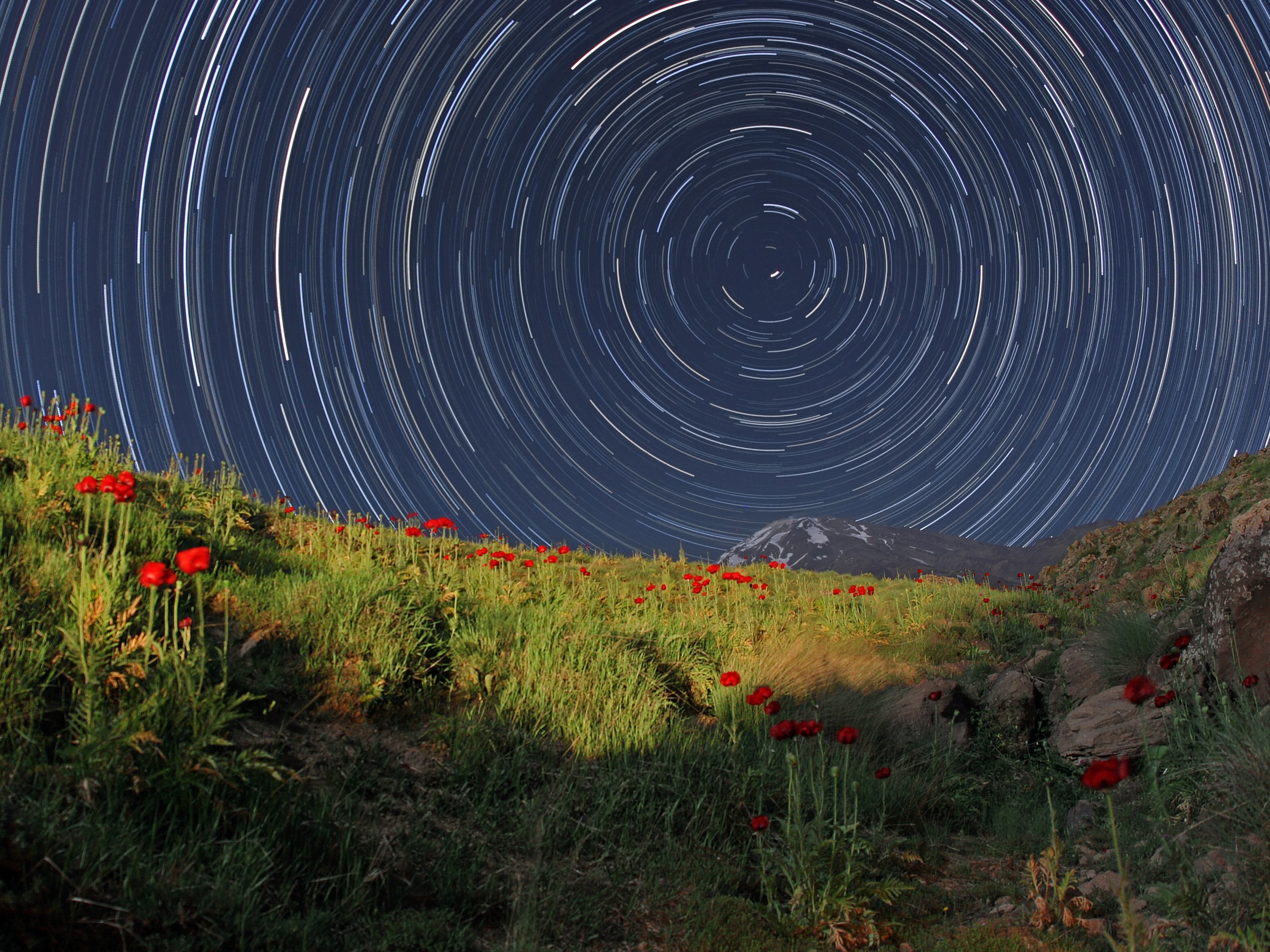
Flying Oceans of Magma Help Demystify the Moon's Creation
The story of the moon’s birth might also include Pluto-size wrecking balls.
If the devil is in the details, then the story of the moon’s birth has been cursed for decades.
Sure, scientists think they know more or less how Earth’s little friend came to be: About 4.5 billion years ago, soon after an infant Earth formed, it collided with a Mars-size object called Theia. The collision obliterated Theia and hurled molten debris into orbit around Earth. Over hundreds of millions of years, the wreckage coalesced and became the shimmering sphere we see in our night sky.
Trouble is, several key observations don’t fit what’s now called the giant impact hypothesis. Three studies appearing Wednesday in Nature might be on the way toward exorcising some of those demons, with a little help from computers, a flying magma ocean, and Pluto-size objects.
Oddly Similar Ingredients
The most devilish problem: The makeup of the Earth and moon are too similar for the classical giant impact scenario. If the moon formed mainly from the smithereens of the interloping Theia, its chemical composition should be more like Theia’s. And assuming Theia came from another part of the solar system, as scientists have, the moon and Theia would differ from Earth in their ingredients, reflected by ratios of different isotopes (atoms with varying numbers of neutrons in their nuclei).
But when scientists studied moon rocks brought home during the Apollo program, they found that isotopes on Earth and the moon were freakishly similar.
“It’s very puzzling. We have this great model of how to make the moon, and it fits things that are really important—and yet, we have all these isotope issues,” says Bill Bottke of the Southwest Research Institute.
How, then, can the similarity be explained?
One possibility, proposed in 2012, suggests the moon grew from the remains of ejected Earth-bits rather than Theia-bits. Now, Alessandra Mastrobuono-Battisti and her colleagues report a simpler solution in Nature: According to their computer simulations of the young solar system, it is very possible that Earth and Theia are similar because they grew up in the same neighborhood.
“Planets growing in the same environment are more likely to also collide with one another,” says Mastrobuono-Battisti, of the Israel Institute of Technology. When her team tracked how simulated planets grew and collided, it saw that at least 20 percent of giant crashes involved similar bodies.
Twenty percent may not sound like much, but it's about ten times higher than previous estimates, which suggested the probability of such an impact was vanishingly small.
“All of a sudden, that changes the game,” Bottke says.
Pluto-size Wreckers
But the giant impact theory isn’t demon-free yet. Turns out, not all the elements in moon rocks and Earth’s mantle are identical. One, in particular, is just different enough to cause problems.
That element is tungsten, or rather a light isotope called tungsten-182. According to two studies appearing Wednesday in Nature, lunar rocks have a greater abundance of tungsten-182 than Earth. The difference is so slight—about 25 parts per million—that scientists couldn’t detect it without recently developed, highly sensitive tests.
The giant impact blasted a superheated cloud of dust and gas into orbit around the Earth.
The explanation is pretty simple. After Earth and the moon finished forming, both teams say, heavier versions of tungsten and its metal-loving sibling elements were delivered by a series of collisions with Pluto-size bodies—objects big enough to cause a pretty bad day, but not large enough to launch more moons into the sky.
Until then, though, “the moon and Earth’s mantle had identical tungsten-182 signatures,” says study author Thomas Kruijer of Germany’s Westfälische Wilhelms-Universität Münster.
That’s a problem for the giant impact. Unlike other isotopes such as oxygen, the amount of tungsten can’t be explained by where a body grew up. “It has nothing to do with the basic building blocks of the two bodies,” says Richard Walker of the University of Maryland in College Park, an author of the second tungsten study. Instead, it’s sensitive to the amount of time that’s passed since a body’s iron core formed. And it’s highly unlikely that Earth’s and Theia’s cores formed at the same time.
Flying Magma Ocean
Explaining how tungsten-182 started out the same on the moon and Earth then leads to the strangest explanation of all: flying magma oceans.
Essentially, the giant impact blasted a superheated cloud of dust and gas into orbit around the Earth, Walker says. The swirling disk of molten debris then stuck around long enough to exchange material with Earth's busted-up mantle. For tens, maybe hundreds or thousands of years, the two bodies were swapping matter, erasing the chemical differences between the worlds.
Flying magma oceans and Pluto-size wrecking balls might explain the tungsten fingerprint—but they’re not, unfortunately, part of the original giant impact story.
“I’m left in a confused state. One paper is making life easier, the others are making life harder,” Bottke says. “It could be that we’re just missing something here. There is an answer.”
In fact, the answer is hanging in our sky. It’ll just take a bit longer to get the moon to give up its secrets.
Follow Nadia Drake on Twitter.








